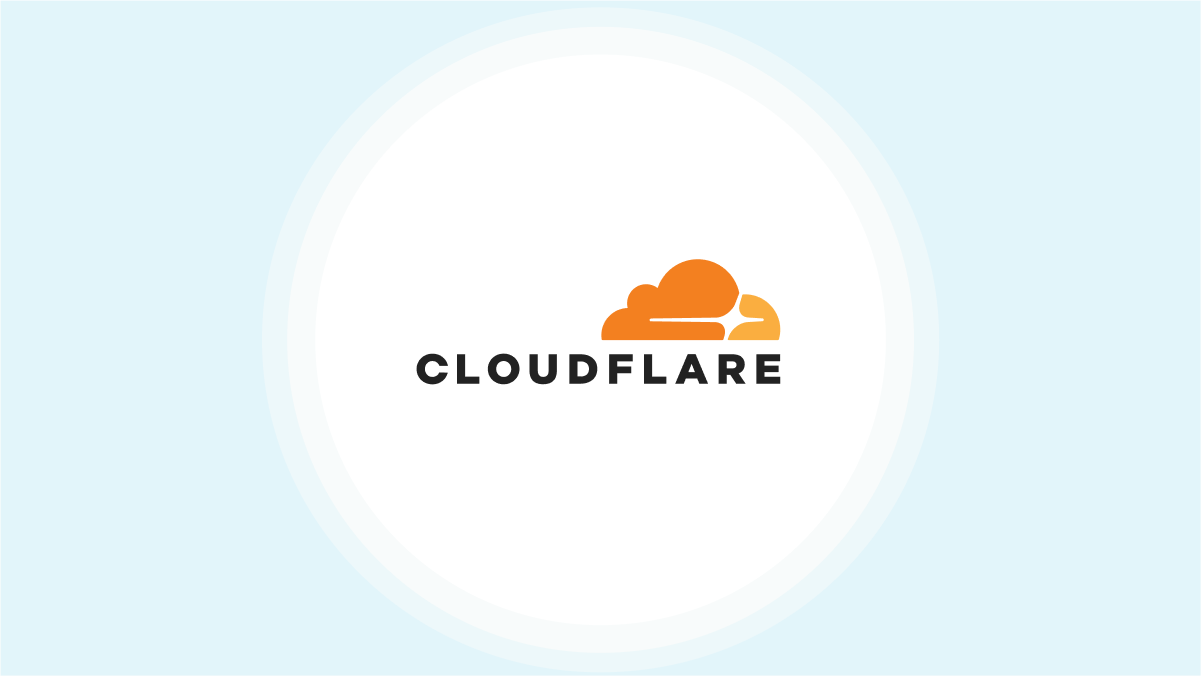0
Hello my friend,
As mentioned in the previous blogpost, we continue looking into Kubernetes. In the previous blogpost we have built a simple cluster consisting of one control plane node, which is the one ruling the cluster, and two worker nodes, which are the ones hosting the customers’ workloads. Today we will add a few more nodes, both workers and control plane, to the cluster to convert it into a high available one.
1
2
3
4
5
| No part of this blogpost could be reproduced, stored in a
retrieval system, or transmitted in any form or by any
means, electronic, mechanical or photocopying, recording,
or otherwise, for commercial purposes without the
prior permission of the author. |
Are You Still Teaching Network Automation?
We absolutely are. One of the important things we have figured out is that automation is for sure the cross-platform technology. Therefore, whatever area you are coming from or heading two (networking, system administration, or cloud engineering), knowledge of automation frameworks and components, such as Ansible, Bash, Python, YAML, JSON, REST API, GRPC/GNMI is very beneficial and, in fact, is almost mandatory these days.
And in our Network Automation Trainings we have put it together in Continue reading





